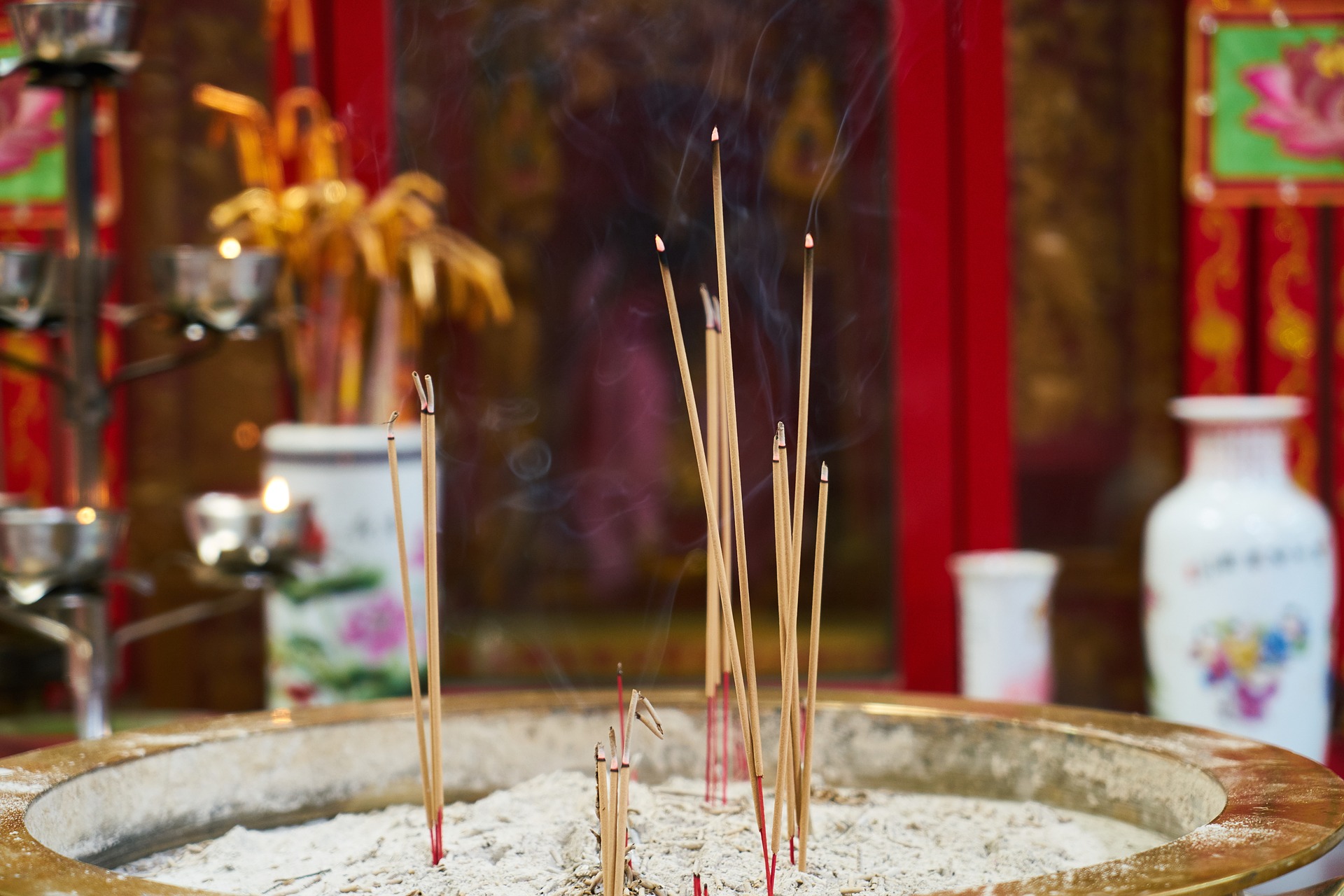 Submitted by Krishna on
Submitted by Krishna on

pixabay.com
Millions of people all over the world are finally taking interest in the Bhagavat Gita. In this article, we shall take a closer look at the recent, enlivened edition titled "Bhagavad Gita As It Is" with commentaries and translations by His Divine Grace A.C. Bhaktivedanta Swami Prabhupad.
Text 23 Nainam chindanti sastrani nainam dahati pavakah
Na caiman kledayanty apo na sosayati marutah.
Translation: The soul can never be cut to pieces by any weapon, nor burned by fire, nor moistened by water, nor withered by the wind.
Here, the living entities are described as separated parts and parcels of the Supreme. So, even after liberation from illusion, we the living entity remain as a separate identity. As the book describes in commentaries, the modern scientist considers that the body is a combination of physical elements, and at a certain stage the life, symptoms develop by interaction of the physical and chemical elements. Therefore, even by modern scientists, it is agreed that change of body of the atomic individual soul is an accepted fact.
Although modern scientists do not believe in the existence of the soul and cannot explain the source of energy from the heart, they have to accept the fact that continuous changes of body which appear from childhood to boyhood and from boyhood to youth and from youth to old age, continue to occur throughout the lives of all people. Bhagavad Gita introduces also, the concept of reincarnation. That is, the change of the atomic individual soul to another body after death, which is made possible by the grace of the Supersoul. The Supersoul fulfills the desire of the atomic soul, just as one friend fulfills the desire of another.
In the Mundaka Upanisad, compare the soul and the Supersoul as two friendly birds sitting on the same tree. One of the birds (the individual atomic soul) is eating the fruit of the tree, and the other bird (Krishna) is simply watching his friend. Of these two birds, although the same in quality, one is captivated by the fruit of the material tree while the other is keeping watch only. Although they are friends, one is the master and the other is the servant. Forgetfulness of this relationship by the atomic soul is the cause of one's changing his position from one tree to another, or similarly from one body to another. The Jiva, or individual soul, is struggling very hard on the tree of the material body, but as soon as it agrees to accept the other bird as the Supreme spiritual master, as Arjuna agrees to do by voluntary surrender unto Krishna for instruction, the subordinate bird immediately becomes free from all lamentations.
According to the Gita, one has to take birth according to his Karma. And after finishing one's term of activities, one has to die before taking birth again in the next body. In this way, one is going through one cycle of birth and death after another without liberation. This cycle of birth and death does not however, support unnecessary murder, slaughter and war. At the same time, violence and war are inevitable in human society for keeping law and order.
From the beginning of mankind we have always followed the teachings of the Lord. Let it be from the Bible, the Gita or the Guru Granth Sahib, but it all comes down to a similar concept -- attaining liberation or Muksha. These days we see that the teachings of the Lord are actually being misunderstood due to irreligion prevalent in this age of Kali. Thankfully, by the kindness of Acharyas like Srila Prabhuada, we have come to know the truth in its orginal form, Bhagavat Gita As It Is.
Victor Epand
http://www.articles3k.com/article/199/201959/Bhagavat_Gita_And_The_Philosophy_of_Reincarnation/